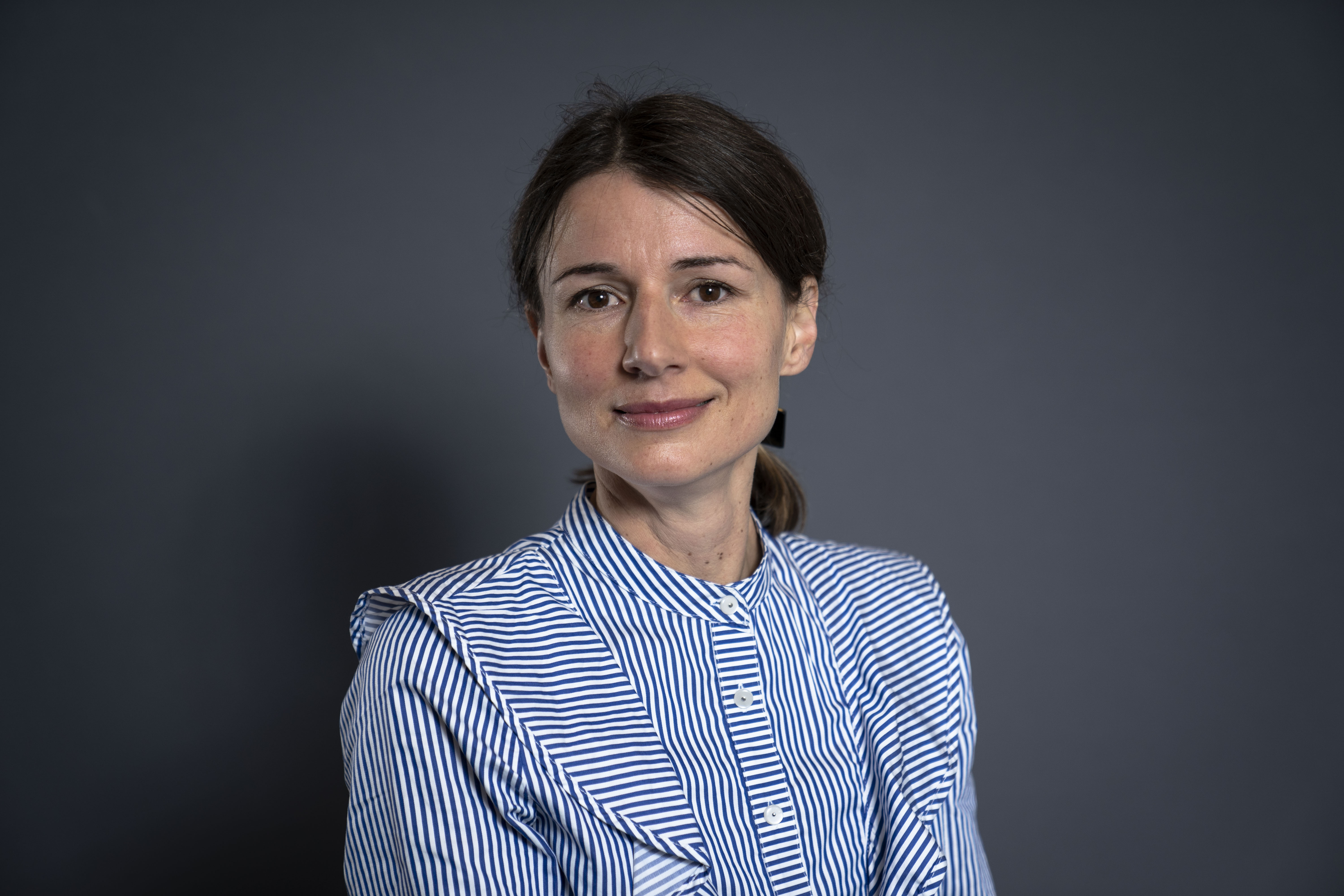Liselotte Jauffred
Research leader

Project title
Hvordan selv-organisering fremmer antibiotikaresistens i 3D bakteriekolonier
What is your project about?
We usually think of evolution in microbes as something that happens in a homogeneous solution in a test tube. However in nature, microbes live in colonies, which are small gated communities with a complex internal organization. For fast adaptation to new environmental conditions, these communities are characterized by a high level of gene transfers between individuals. Primarily, from mother to daughter cells but also directly between individual bacteria. Therefore, we need to unravel the interplay between spatial organization and promiscuous gene transfer. My aim is to construct a model of how genetics, mechanics, and stochastic variations orchestra the transmittance of antibiotic resistance genes through bacterial colonies. With a combination of 3D microscopy and mathematical modeling, I will determine the key parameters to explore new anti-spreading strategies.
How did you become interested in your particular field of research?
As a master's student, I was eager to learn about complex physics. Especially how we could use methods from e.g., statistical physics to explain something as amazingly fascinating as nature. Later I realized that when combining this interest with different optical methods, I could investigate my questions directly by seeing with my own eyes.
What are the scientific challenges and perspectives in your project?
The emergence and release of multidrug resistance at hospitals is mediated by the transference of already resistant microorganisms, viruses, or individual resistance genes to human microbiota or pathogens. There is, thus, an urgent need to investigate this system, in order to understand the mechanics of gene transfer between different microbial species. In particular, how this is driven by spatial organization and dynamics. Recent advances in 3D cell culturing and microscopy allow us to study the mechanics of these natural ecosystems. Without this research, it is impossible to fully understand how resistance genes - or other genes - spread in natural environments.
What is your estimate of the impact, which your project may have to society in the long term?
It is well known that microbes cooperate to develop, e.g., drug resistance or degradation of toxins. However, we still lack the full understanding about how the internal self-organization of the colonies affects this collective behavior. Therefore, I expect that my methods and models will point out new strategies to combat the growth of, e.g., multidrug-resistant microbes.
Which impact do you expect the Sapere Aude programme will have on your career as a researcher?
I am incredibly grateful, as I now have the opportunity to open new horizons and at the same time consolidate the important collaborations, I have built at the interface between biophotonics, mathematical modeling and biology.
Background and personal life
I live with my husband and our children at Vesterbro in Copenhagen. In my everyday life, I really appreciate that the laboratory – as well as most other things - are just a short bike ride away. Nevertheless, I really love travelling and I have recently been fantasizing about all the amazing places, we can visit in the post-pandemic future.
View all research leaders here
Research institution
University of Copenhagen, Niels Bohr Institute, SCIENCE
Research field
Biophysics
City of your current residence
Copenhagen
High school
Køge Gymnasium
